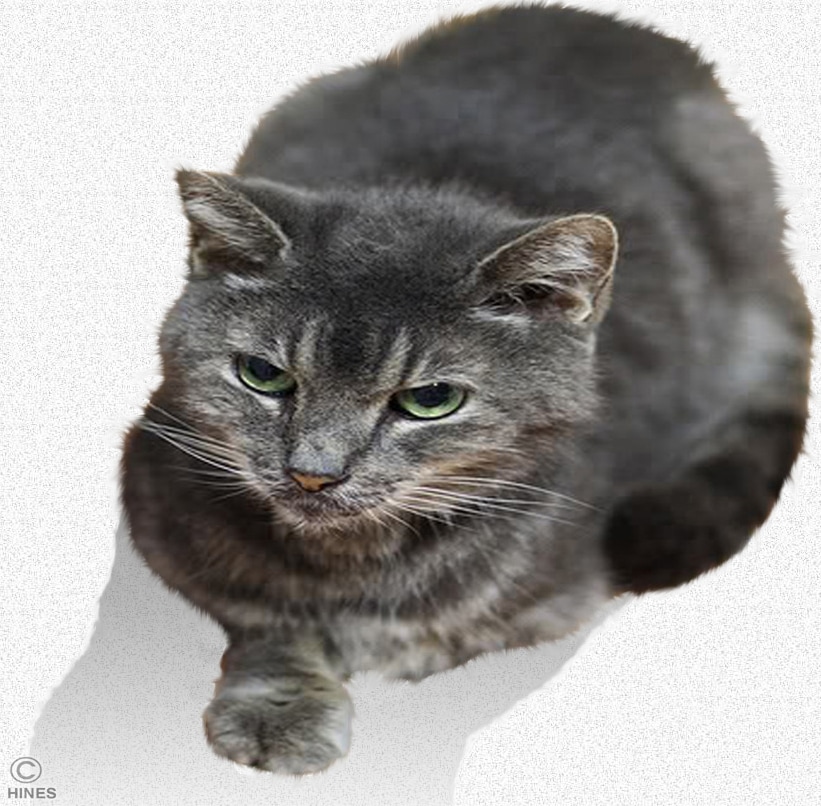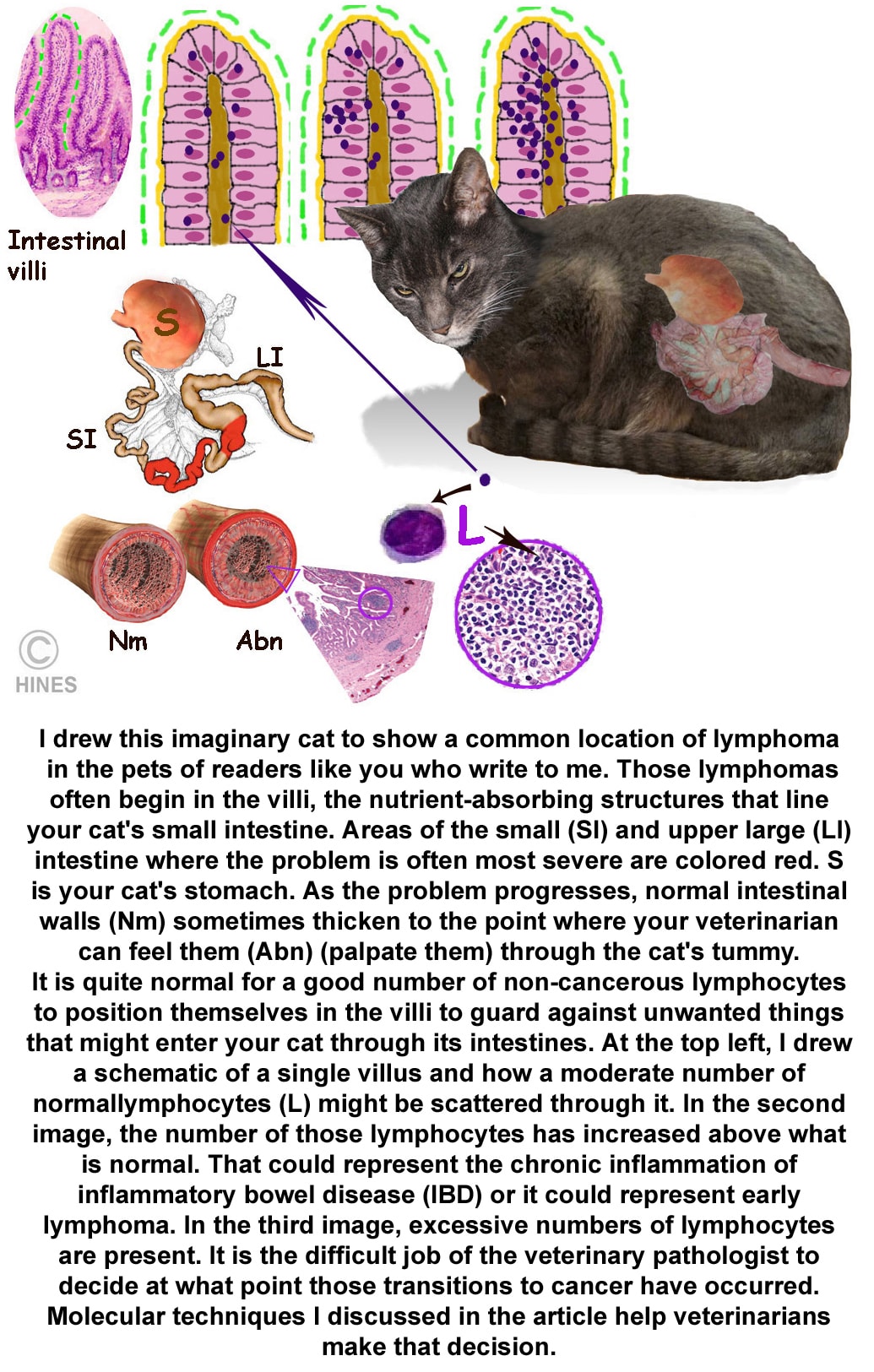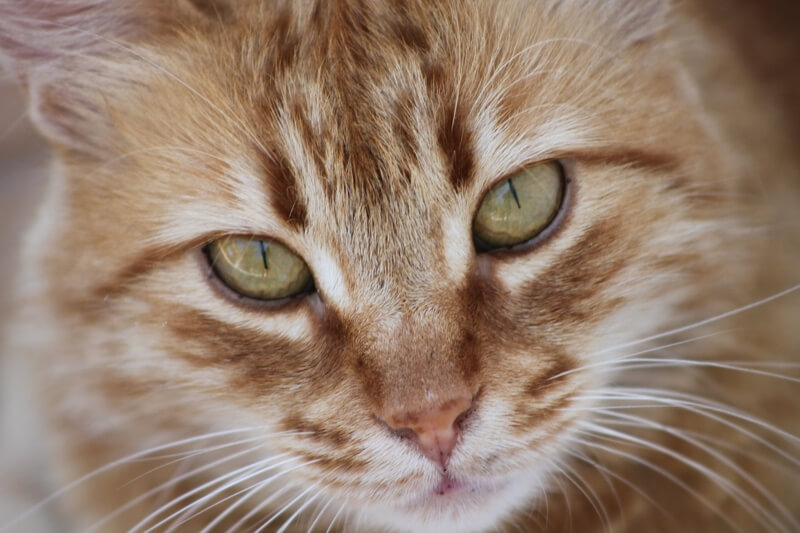alimentary lymphoma in cats
Alimentary lymphoma is one of the most commonly diagnosed neoplasms of the cat. Ad Help your pet cope with symptoms like nausea loss of appetite and energy.

Lymphoma In Cats Veterinary Partner Vin
Symptoms Gastrointestinal lymphoma accounts for approximately 5 of cases and is less easily diagnosed than the more common.

. Symptoms of this form of feline lymphoma include. It can become fatal if the tumor is situated near the small or large intestine since it can restrict the passage of bowel and pose health hazards. 1 The average age for alimentary lymphoma is 8 to 9 years.
Alimentary lymphoma in cats and dogs. The incidence of this disease has increased significantly over the past 15 years during the post-feline leukemia era. Unlike intermediate- and high-grade alimentary lymphoma IHGAL and large granular lymphocyte lymphoma LGLL which can often be.
Feline GI lymphoma appears to occur as one of two major types with a portion of cats being affected by a more indolent small-cell lymphocytic form of lymphoma and others having a more aggressive large-cell lymphoblastic form of lymphoma. There are two main forms of feline alimentary. DESCRIPTION provided by applicant.
Feline low-grade alimentary lymphoma. Symptoms of Feline Intestinal Lymphoma Alimentary Feline intestinal lymphoma is often referred to as an alimentary form of this cancer. Practical relevance Accurate diagnosis of the distinct subtypes of alimentary lymphoma AL that occur in cats is important as there are major differences between them in clinical presentation treatment and prognosis.
It is characterized by an infiltration of the gastrointestinal tract andor associated lymph nodes with neoplastic cancerous lymphocytes. There are a few papers reporting association of feline immunodeficiency virus FIV infection and feline lymphomas. The most common form of feline lymphoma this disease usually occurs in cats between the ages of 9-13 years of age and is the least likely to be linked to feline leukemia.
Alimentary lymphosarcoma occurs in the stomach intestines liver and spleen. Mediastinal lymphoma is the most common lymphoma in FeLV positive cats and occurs in younger cats around 2 to 3 years of age. Alimentary form occurring in the gastrointestinal tract liver abdomen and surrounding lymph nodes.
The median or average age of the cats with alimentary lymphomas is around 10 years old and they are mostly FeLV negative. It is the most common form of lymphoma. The most common anatomical form of lymphoma in cats is alimentary lymphoma AL.
Patients often present with a history of reduced appetite intermittent vomiting and sometimes a palpable mass in the abdomen. Lymphoma can originate in any organ or tissue containing lymphocytes. Gastrointestinal GI lymphoma should be suspected in animals with an acute or prolonged history of signs of disease related to the GI tract.
Low grade LG-AL intermediate. AL comprises a group of diseases present in the gastrointestinal GI tract with. Lymphoid neoplasia accounts for an incidence of 200 per 100000 cats at risk and is 90 of all feline hemopoietic neoplasms.
The most common subtype is known as enteropathy-associated T cell lymphoma EATL type II or small cell lymphoma and accounts for 10-20 of all tumors with approximately 200 cases per 100000 cats reported each year. Alimentary lymphoma- It occurs in the gastrointestinal tract of dogs. Electronic searches of PubMed and Science Direct were carried out.
Lymphoma is a clonal expansion of neoplastic lymphocytes in solid organs and is the most common feline. Diagnosis is made on biopsy either by fine needle aspirate core biopsy or surgical biopsy. The incidence of this disease has increased significantly over the.
Accurate diagnosis of the distinct subtypes of alimentary lymphoma AL that occur in cats is important as there are major differences between them in clinical presentation treatment and prognosis. Get NHVs most useful pet cancer supplements in one holistic pack. Types of Feline Lymphoma.
Gastrointestinal GI or alimentary lymphoma is the most common form of lymphoma in cats1-3. Unlike intermediate- and high-grade alimentary lymphoma IHGAL and large granular lymphocyte lymphoma LGLL which can often be. Alimentary lymphomas include a gastrointestinal GI form a mesentery lymph node form and a hepatic form.
Cats have a higher incidence of lymphoma than dogs 20-30 of all tumors in cats. There are three subtypes based on mitotic rate and cell type determined by examination of biopsy samples. Alimentary lymphoma AL is the most common intestinal neoplasm in cats 1 2 3 4 5 6 7 8 9.
If a cat is leukemia free there is a chance the cat will recover after undergoing. Systemic staging tests complete blood countchemistryurinalysisthyroxin levelsthoracic radiographs are used to identify concurrent disease. Despite the common prevalence of this disease appropriate diagnosis and treatment can be challenging.
Feline chronic enteropathy CE is a common gastrointestinal disorder in cats and mainly comprises inflammatory bowel disease IBD and small cell lymphoma SCL. Currently the most frequently diagnosed form of feline lymphoma is the alimentary or intestinal form. Feline GI lymphoma is histologically classified as low intermediate or high grade according to the size and anaplasticity of the neoplastic lymphoid cells.
There are a few papers reporting association of feline immunodeficiency virus FIV infection and feline lymphomas. Alimentary lymphomas include a gastrointestinal GI form a mesentery lymph node form and a hepatic form. Experts believe there is no link between this form and feline leukemia.
Unfortunately says Margaret McEntee DVM professor of oncology at Cornell Universitys College of Veterinary Medicine it is the most frequently. 48 Treatment of large-cell feline GI lymphoma with multiagent chemotherapy protocols has led to median remission durations of. Feline lymphoma is a malignant cancer of the lymphatic system the exquisitely structured arrangement of internal organs and tissues that directly or indirectly influences virtually every aspect of a cats physical existence.
Feline alimentary gastrointestinal lymphoma is the most common cancer diagnosed in domestic cats. Alimentary affects the digestive system and lymph nodes around that area. Both IBD and SCL in cats share features with chronic enteropathies such as IBD and.
Alimentary lymphoma is one of the most commonly diagnosed neoplasms of the cat. The median or average age of the cats with alimentary lymphomas is around 10 years old and they are mostly FeLV negative. An emerging entity and a potential animal model for human disease Background.
Low-grade small cell lymphocytic feline GI lymphoma is composed of small relatively well-differentiated.

How To Diagnose Feline Intestinal Lymphoma 9 Steps

Alimentary Lymphoma In A Cat Semantic Scholar
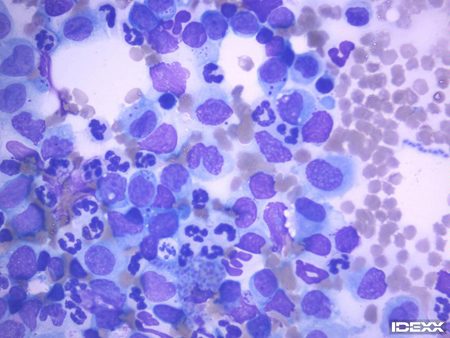
Feline Lymphoma What Your Need To Know The Animal Medical Center

How To Diagnose Feline Intestinal Lymphoma 9 Steps
Tigger And Is It Ibd Or Lymphoma Wild Rose Cat Clinic Of Calgary

Causes And Risks Of Cat Lymphoma And Leukemia Vlog 97 Youtube
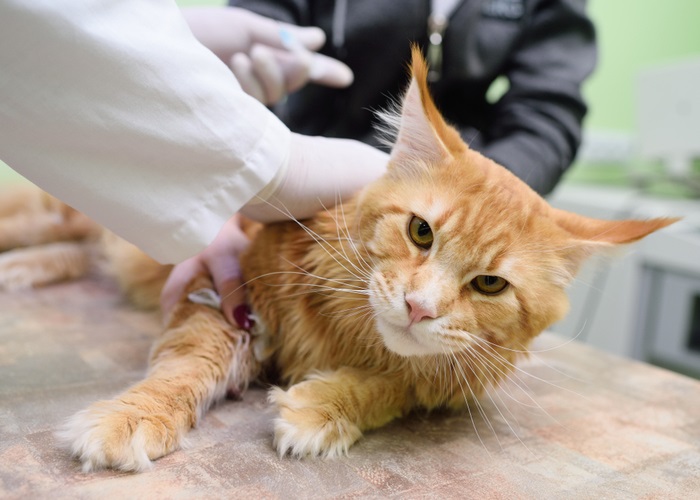
Lymphoma In Cats Symptoms Diagnosis Treatment All About Cats
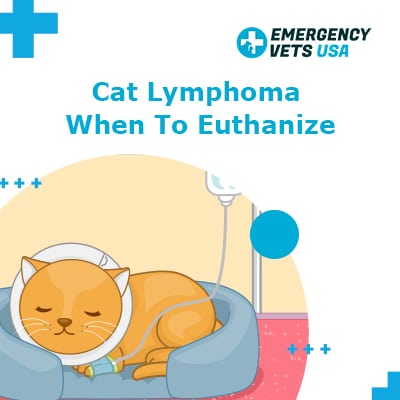
Cat Lymphoma When To Euthanize Our Opinion

How To Diagnose Feline Intestinal Lymphoma 9 Steps

Feline Alimentary Lymphoma Semantic Scholar

Lymphoma In Cats Atlantic Veterinary Internal Medicine

Extranodal Lymphoma In The Cat Semantic Scholar

Feline Cutaneous Lymphoma Figure 1 Diffuse Anaplastic Large B Cell Download Scientific Diagram
